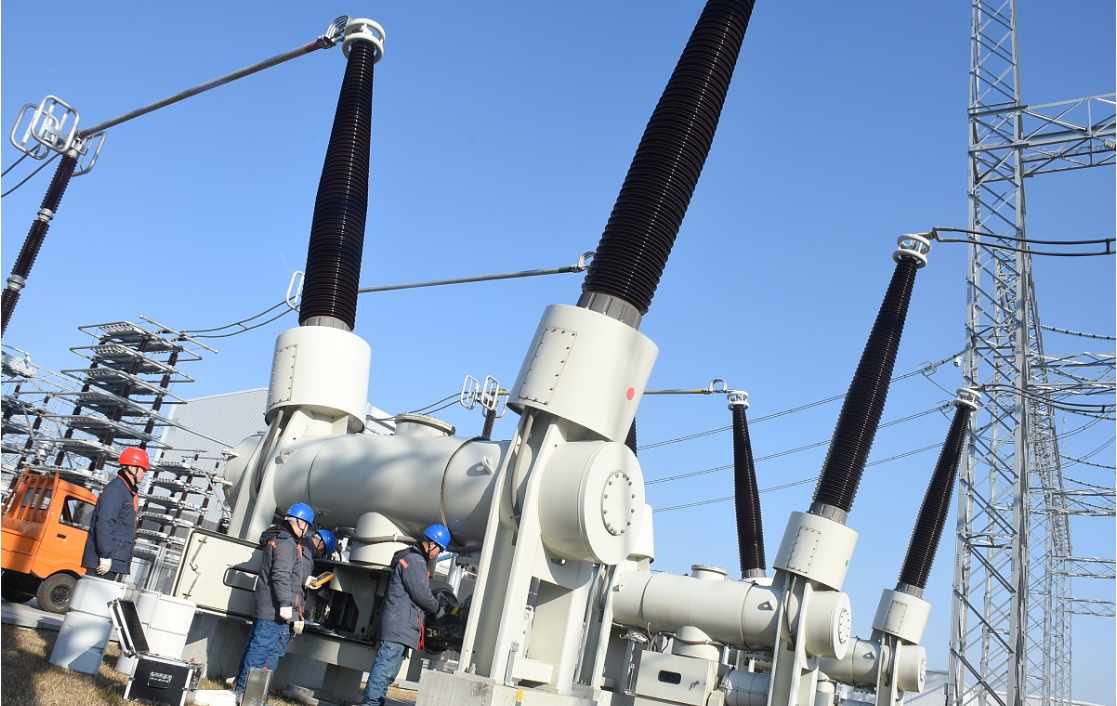The difference between circuit breaker overload protection and overcurrent protection
2024-03-27
2024-3-27
Although overload protection and overcurrent protection of circuit breakers are both designed to protect circuits and equipment, they have significant differences in fault types, causes, protection methods, and sensitivities. The following is a detailed introduction to the differences between the two:
Fault type: Overload usually refers to the situation where the load exceeds the rated load by a certain multiple for a continuous period of time; overcurrent refers to the load current suddenly exceeding the rated current many times, including short circuit, severe overload and phase loss.
Cause:Overcurrent is usually caused by instantaneous discharge, short circuit and other faults in the circuit; overload is usually caused by long-term overload use or excessive discharge of electrical equipment.
protection method: Overcurrent protection is usually implemented through fuses or circuit breakers. When overcurrent is detected, these devices will quickly cut off power to protect the circuit; overload protection is usually implemented through voltage controllers, isolators and other equipment. When overload is detected, These devices will sound an alarm and stop the device from working.
Protection sensitivity: Since overcurrent is usually caused by a sudden fault, the sensitivity of overcurrent protection is higher than that of overload protection.
In summary, overload protection aims to prevent damage caused by excessive load power, and is mainly used to protect equipment such as motors; overcurrent protection aims to prevent damage caused by excessive current, and is mainly used to protect inverters, etc. circuit equipment.





